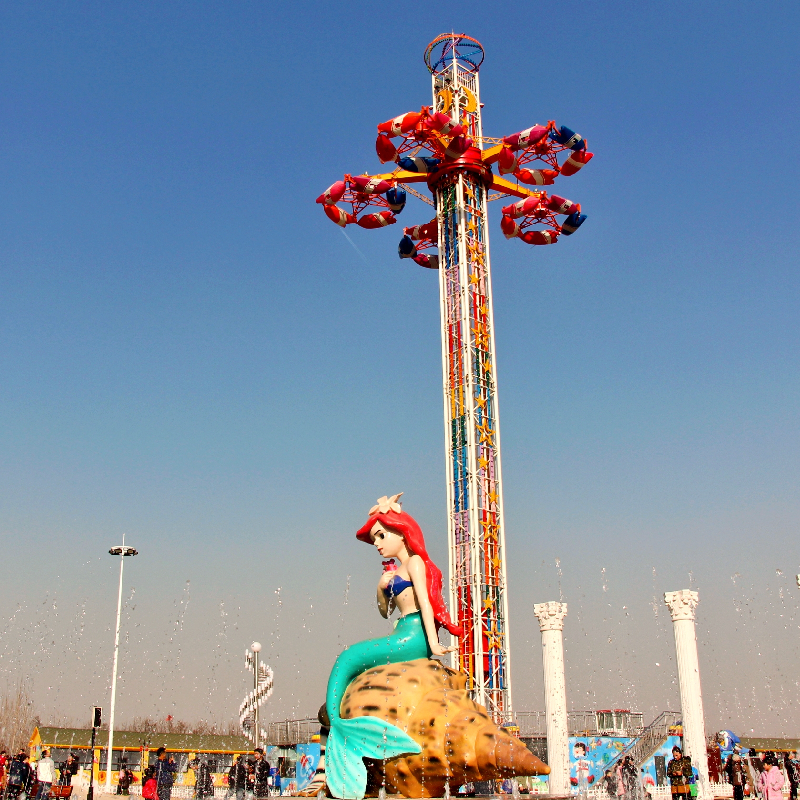- Albanian
- Arabic
- Belarusian
- Bengali
- Czech
- English
- French
- German
- Hebrew
- Hungarian
- Indonesian
- irish
- Italian
- Japanese
- kazakh
- Persian
- Russian
- Thai
- Uzbek
- Vietnamese
ferris wheels
The Intriguing World of Ferris Wheels An Expert's Insight

Ferris wheels, those towering marvels that punctuate amusement parks and city skylines across the globe, have captivated both thrill-seekers and casual observers for generations. As an experienced connoisseur of these rotating giants, I aim to delve into their unique allure, underscored by a blend of engineering expertise and historical context, ensuring a nuanced understanding rooted in authenticity and reliability.
First, let's explore the engineering ingenuity behind ferris wheels. A quintessential example is the London Eye, standing at an impressive 135 meters, it exemplifies the delicate balance of weight, structure, and precision engineering. Each capsule of this colossal structure is engineered to maintain perfect equilibrium, allowing for panoramic views without compromising safety. This level of precision is made possible through years of advancement in mechanical engineering, material science, and architectural design—elements that are continually evolving as new technologies emerge.

The genesis of ferris wheels can be traced back to 1893, when George Washington Gale Ferris Jr. designed the original Ferris wheel for the World's Columbian Exposition in Chicago. Rising to a then-unprecedented height of 80.4 meters, it was hailed as a triumph of human ingenuity. Today, the basic principles remain unchanged, but modern variants incorporate state-of-the-art technology, including advanced hydraulic systems and computerized monitoring, ensuring they can safely adapt to both their natural surroundings and the whims of their riders.
ferris wheels
From an experiential standpoint, ferris wheels offer a unique vantage point and a serene retreat from the hustle of daily life. The slow, circular ascent provides a meditative escape—a rare opportunity to observe the bustling microcosms below from a place of calm detachment. As a passenger reaches the crest of the ride, there is a moment of suspended animation, where the world seems to pause and the view stretches infinitely into the distance, offering unparalleled moments of reflection and awe.
In terms of product development, the emergence of mobile-app enabled features has enhanced the ferris wheel experience. Modern iterations often include augmented reality (AR) experiences that offer riders detailed information about the sights around them, transforming a simple ride into an educational odyssey. For families, these features are dually beneficial, providing both entertainment and learning opportunities for children, ensuring that the experience is delightful and intellectually stimulating.
Trustworthiness is fundamental when considering the safety protocols of ferris wheels. Most are subjected to stringent safety checks, daily inspections, and routine maintenance by certified professionals. Operators must adhere to national safety standards, and each ride's components are often individually scrutinized, from the smallest bolt to the main axle. It is this rigorous attention to detail that ensures these structures remain safe and reliable, fostering a sense of confidence among visitors.
The ferris wheel is more than a ride; it's a testament to human creativity, technological progress, and the universal desire for a momentary escape. Through the lens of an expert, we understand that its appeal lies not only in the simple joy it brings but also in the intricate dance of engineering and experience it embodies. By appreciating the delicate art of its construction and the careful consideration of rider experience, we can admire these architectural and emotional feats with newfound respect and understanding.
-
Flume Ride-Hebei Zhipao Amusement Equipment Manufacturing Co., Ltd.|Thrilling Water Attraction&Customizable DesignJul.30,2025
-
Flume Ride - Hebei Zhipao Amusement Equipment | Water Coaster, Thrilling DescentJul.30,2025
-
Flume Ride - Hebei Zhipao | Thrilling Water AttractionJul.30,2025
-
Flume Ride: Thrilling Water Attraction by Hebei Zhipao|Log Flume Manufacturers&Flume Ride DesignJul.30,2025
-
Flume Ride-Hebei Zhipao Amusement Equipment Manufacturing Co., Ltd.|Thrilling Water Coaster, Safe DesignJul.30,2025
-
Flume Ride-Hebei Zhipao Amusement Equipment Manufacturing Co., Ltd.|Thrilling Water Attraction, Safe DesignJul.30,2025
